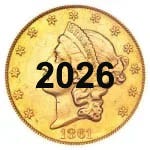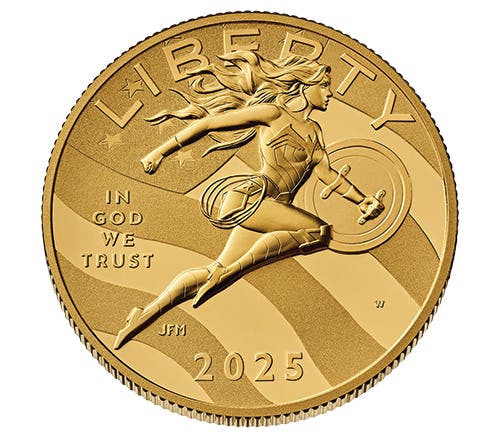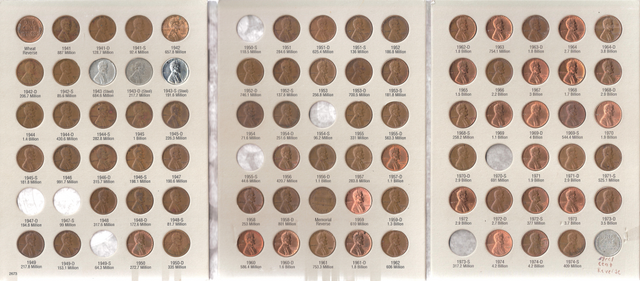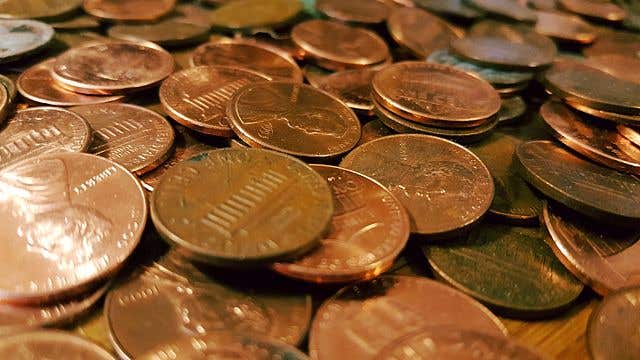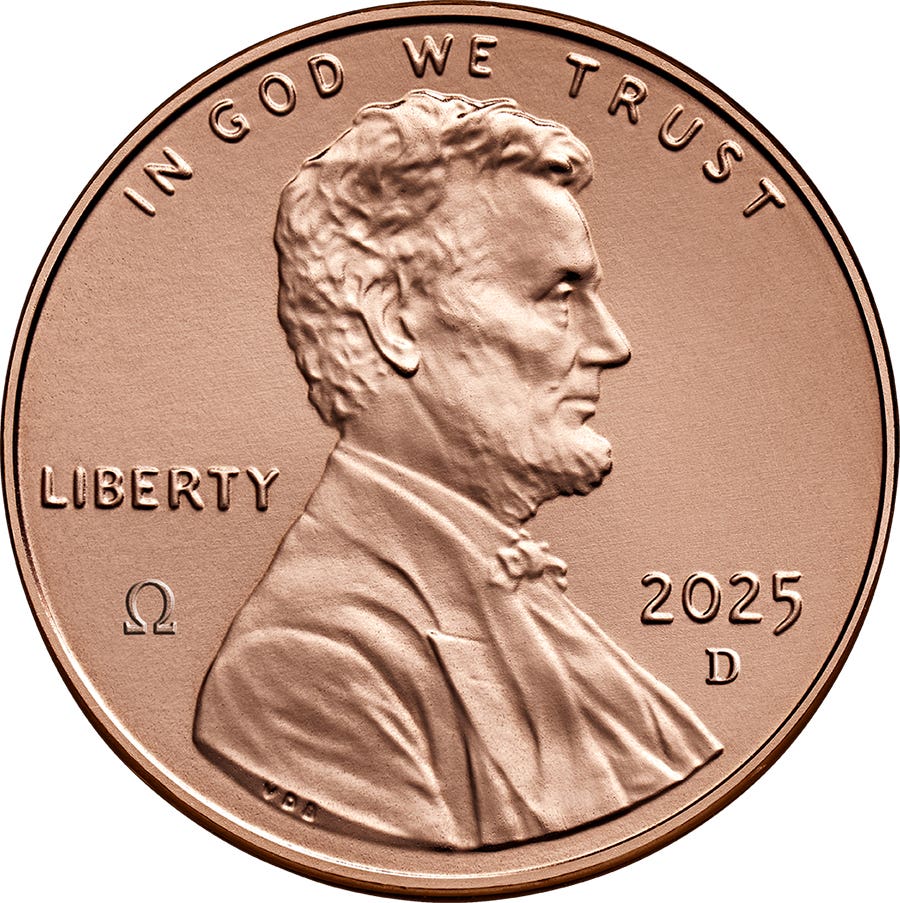Is AI a Threat to the Future of Coins?
AI is reshaping the coin world—but not always for the better. From counterfeit scams using AI-generated likenesses to advanced tools aiding authentication, the technology presents both risks and rewards. How can collectors navigate this new frontier? Caveat emptor remains the key.
The question has been asked if AI might be a threat to the future of coins and perhaps of coin collecting. Caveat emptor or beware should always be the watchword. Recent AI-created likenesses of President Donald Trump and Elon Musk falsely marketed the “Golden Eagles Project” pendant and coins as being some wonderful investment. Victims were told these Golden Eagles could be traded at the Bank of America for a profit, exchanged for a car at any Tesla shop, or used to invest in either Tesla or SpaceX stock.
The so-called coins were supposed to be composed of gold or silver, which none of them were. This example may be one of many con jobs. Still, it should be known Professional Coin Grading Service and Numismatic Guaranty Corporation (and likely other third-party certification services) grade medals and other numismatic items in addition to examining coins. Even if you want to buy Golden Eagles or other such items simply as collectibles, they should first be authenticated to ensure their metal content is accurate, even if the claims about what they can be used for may be false.
AI is already part of coin collecting in a positive way. PCGS uses different labels when AI technology has been used to examine coins. Apps, including CoinSnap, Coinoscope, and Coiniverse, offer everything from price guides to recognition assistance. Coins have not been left in the dust of 21st-century technology. It is important, however, to recognize that AI can be used for deception as well. For that reason, stay with mainstream apps and websites. If something sounds too good to be true, just remember Caveat emptor is still the standard.
You may also like:


